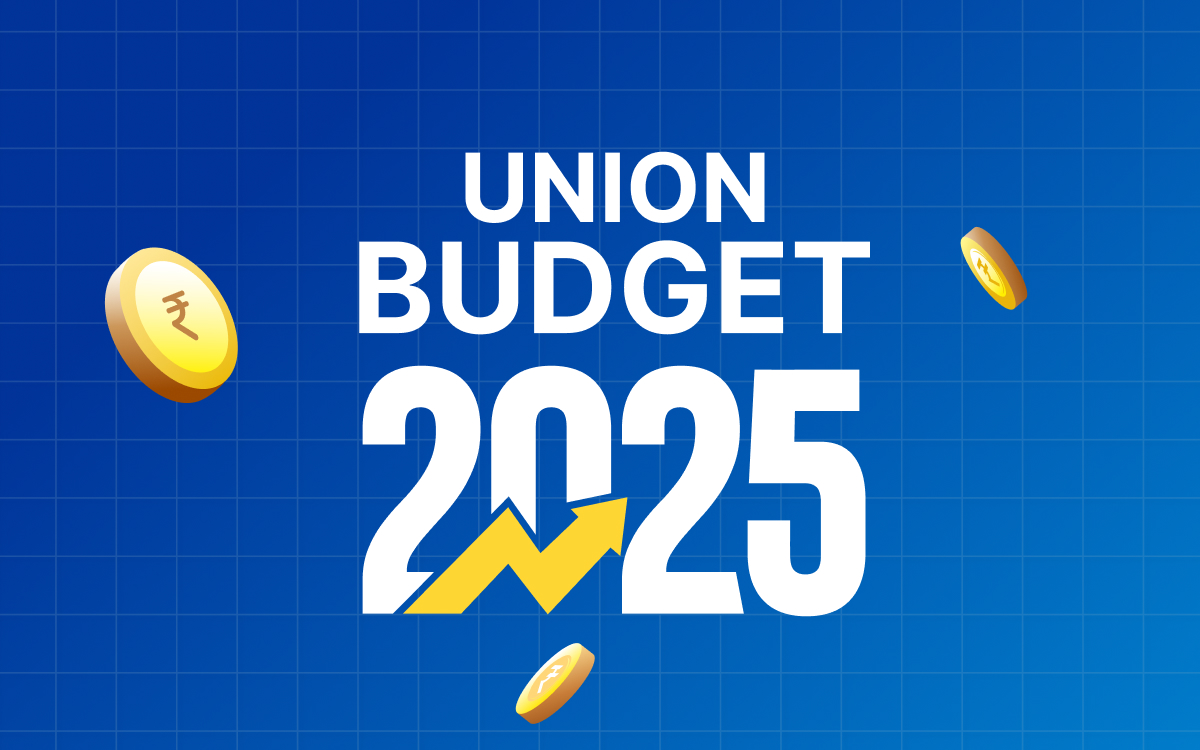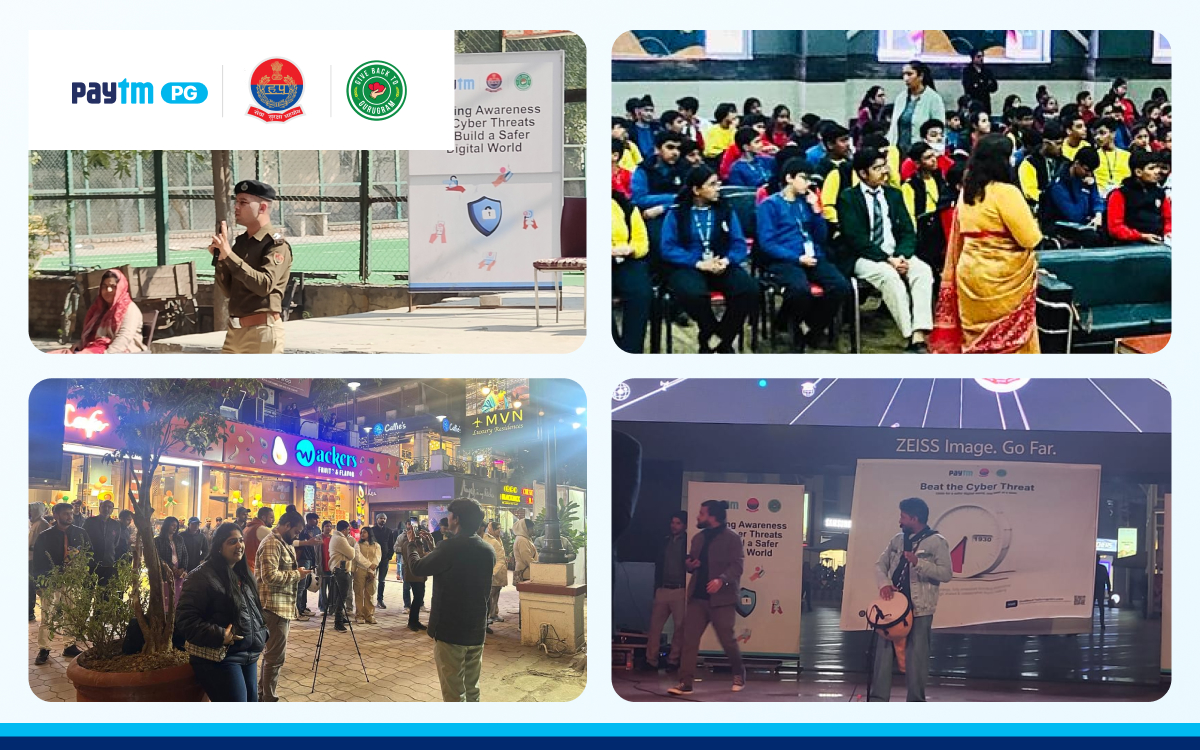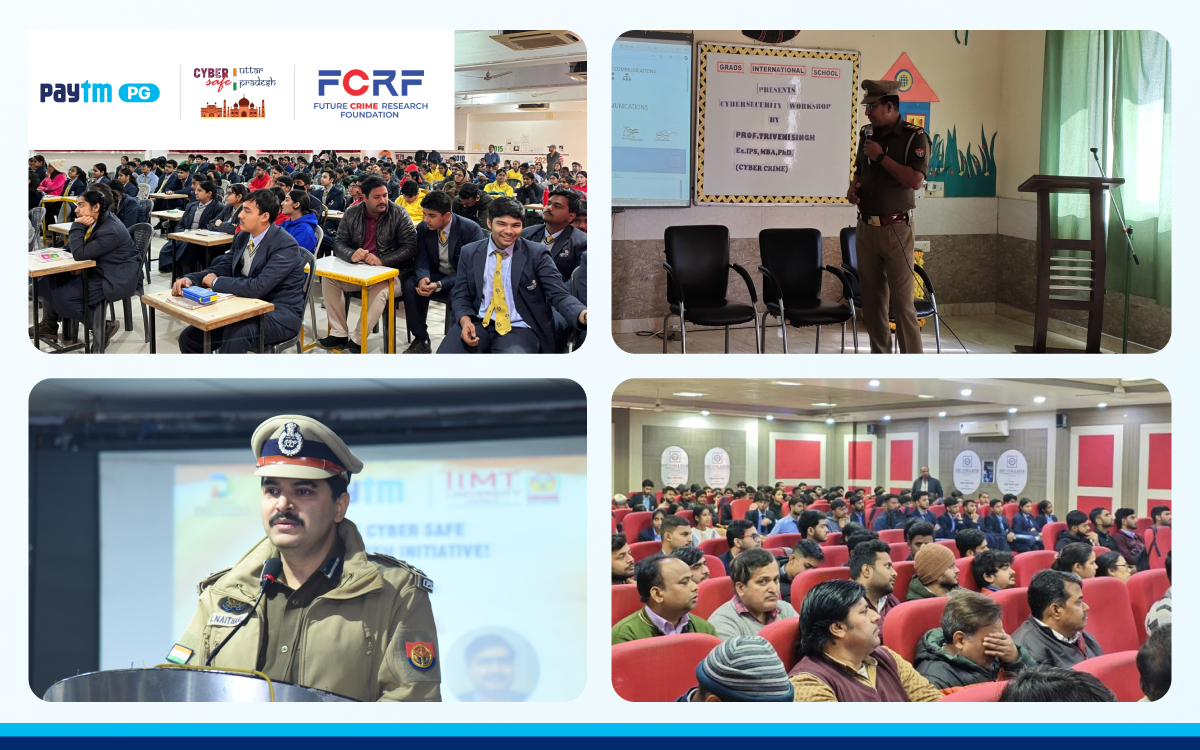Union Budget 2025: Key Highlights
5 min read | Updated on February 10, 2025, 11:30 IST

Finance Minister Nirmala Sitharaman presented the Union Budget 2025 on Saturday, unveiling key measures aimed at tax relief, startup growth, MSME support, deep tech investments, and healthcare resilience. The budget has received widespread praise from business leaders across various industries, highlighting its strategic vision for a Viksit Bharat (Developed India).
Key Highlights of Union Budget 2025
-
Income Tax Reforms
The government has revised tax slabs, with individuals earning up to ₹12 lakh per annum now exempt from income tax. The new structure simplifies taxation and provides relief to the middle class, aiming to boost disposable income and consumption.
-
Support for Startups and MSMEs
A ₹10,000 crore Deep Tech Fund has been introduced to support startups in AI, robotics, blockchain, and clean energy. Additionally, a new Credit Guarantee Scheme will enhance funding accessibility for MSMEs, reinforcing their role in economic growth and job creation.
-
Healthcare Initiatives
The Budget continues its focus on healthcare with customs duty exemptions on life-saving drugs, including those for cancer treatment. This move is expected to make essential medicines more affordable and accessible.
-
Technological Advancements
A Centre for Excellence in AI will be established to drive AI integration in education and research. This initiative aims to equip students with cutting-edge technological skills and foster innovation.
-
Education and Skill Development
Addressing the healthcare workforce shortage, the Budget proposes an increase in medical college seats. This step is aimed at strengthening the country's medical infrastructure and ensuring a robust supply of trained professionals.
-
Infrastructure and Urban Development
A Nuclear Energy Mission has been launched, with ₹20,000 crore allocated for the development of compact modular reactors. This initiative underscores the government's commitment to clean energy and technological advancements in power generation.
-
Digital Payment Initiatives
The budget allocates ₹1,500 crore to promote digital payments adoption in rural and semi-urban areas. This includes subsidies for merchants adopting digital payment solutions and financial incentives to promote innovations in the fintech space. Additionally, the Finance Minister announced a comprehensive Digital Financial Literacy program to accelerate the cashless economy mission.
These reforms reflect the government's focus on economic resilience, technological innovation, and social welfare, ensuring sustainable growth for a self-reliant and globally competitive India.
Budget 2025: How it can help shape the future of digital payments in India
India's fintech industry has witnessed remarkable growth, fueled by strong government support and progressive regulations. With the upcoming Union Budget 2025-26, there is an opportunity to introduce reforms that will further enhance the digital payments ecosystem, ensuring long-term sustainability and financial inclusion.
Catalyzing Economic Expansion
Economic policies play a crucial role in shaping digital payment trends. Measures that increase disposable incomes, such as tax incentives and financial relief programs, could drive higher transaction volumes on UPI. By enhancing consumer purchasing power, India can accelerate the transition to a digital-first economy, benefiting key sectors like retail, e-commerce, and MSMEs. Increased adoption of digital payments will also contribute to a more formalized and transparent financial system.
Establishing a Sustainable Revenue Model for UPI
One of the biggest challenges in the digital payments ecosystem is the viability of the current Merchant Discount Rate (MDR) framework for UPI transactions. While the zero-MDR model has spurred widespread adoption, sustaining long-term growth requires a balanced approach. A tiered MDR system, where transactions above a certain threshold (e.g., ₹2,000) carry a nominal fee, could support the development of secure and innovative payment infrastructure while keeping small-ticket transactions cost-free for merchants and consumers.
This model would also enable non-banking entities, such as Third Party Application Providers (TPAPs), to explore revenue opportunities, fostering a more diverse and resilient payments landscape.
Advancing Security and Innovation with AI
Artificial intelligence (AI) is becoming indispensable in the fight against digital payment fraud. With cyber threats on the rise, the integration of AI-driven security solutions can enhance fraud detection and prevention mechanisms. The anticipated rollout of the IndiaAI Datasets Platform in 2025 presents a unique opportunity to bolster security measures tailored for the fintech sector.
Strategic funding for AI-powered payment solutions, coupled with the creation of centralized financial crime databases, can strengthen fraud prevention capabilities—especially for smaller fintech players with limited resources. Additionally, investment in AI-driven financial literacy programs will ensure that businesses and consumers are well-equipped to navigate the evolving digital payments landscape securely.
Conclusion
India stands at a pivotal moment in the evolution of its digital payments industry. The Union Budget 2025-26 presents an opportunity to introduce forward-looking policies that will sustain growth, drive innovation, and promote financial inclusion. By implementing strategic reforms and investing in emerging technologies, India can further solidify its position as a global leader in digital payments.















